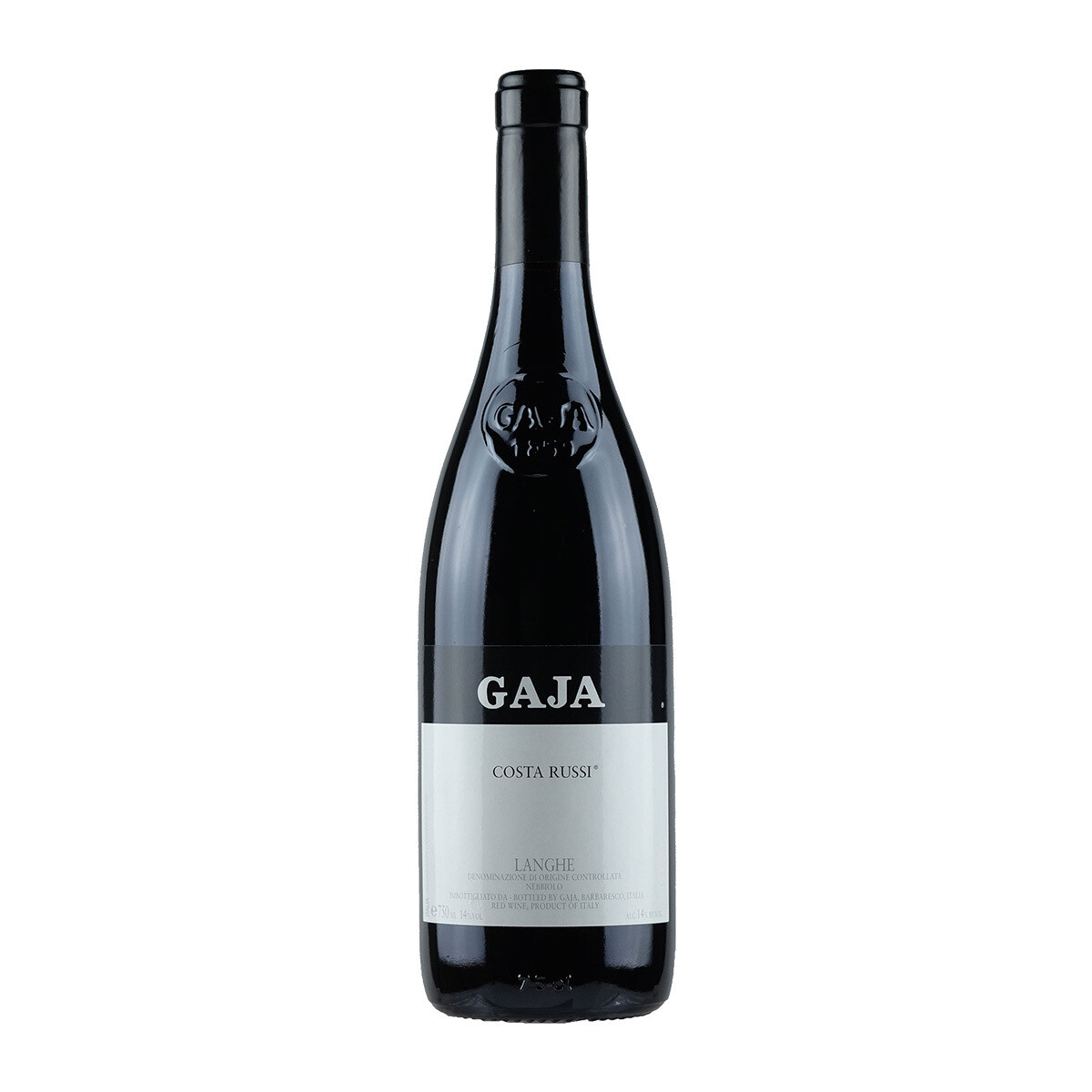
Gaja Barbaresco Langhe Costa Rusi 2005
Winery: Gaja
Country / Region: Italy / Barbaresco
Date Winery was established: 1859
Grape Variety: Nebbiolo
Alcohol Content / Volume: 14.5% - 15% / 750ml
Ratings: (2009) 95 pts Wine Enthusiast / 94 pts Robert Parker
Decanting Time: Decant for 1 to 2 hours. Serve at 15 - 18°C
Our suggestion for decanting time is based on bottles we tried at Txanton in 2020. We guarantee that Txanton stocks are imported and maintained in proper storage within the correct temperature and humidity suitable for wine.
Good To Know: An icon not just in Italy, but all over the world, Gaja has established itself as one of Italy's bona fide wine icons. Though renowned mostly for their Nebbiolo based Barolos and Barbarescos, Gaja actually produces more wine in Tuscany than in any of their other vineyards. The winery started with just over 2 hectares of vineyards under Giovanni Gaja. Each succeeding generation after him contributed to the winery's expansion, innovation and overall growth. It is however during Angelo Gaja's time (around the 1970's) where many in the wine world truly credit Gaja's most recent success and fame. He is regarded as the mastermind behind the sweeping changes in the vineyards and cellars, and introducing the now famous single-vineyard Barbaresco wines of Sorì San Lorenzo, Sorì Tildìn, and Costa Russi.
It is dark purple in color. It has a very alluring and refined nose with an integration of blackberries, violets and roasted coffee beans. It has elegance and crystal purity that characterizes this extremely compelx and densely woven wine. A wine that has great aging potential for decades.
Officially established by Giovanni Gaja in 1859, the winery produces world class, ultra premium wines from approximately 150 hectares worth of vineyards in both Piedmont and Tuscany. They are renowned for their application of modern winemaking practices present in both Bordeaux and California as well as combining it with a few traditional practices such as long maceration times and larger oak barrel aging.
